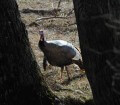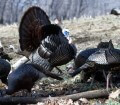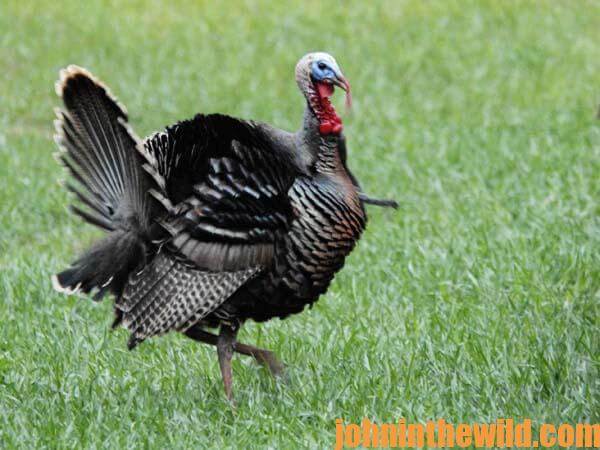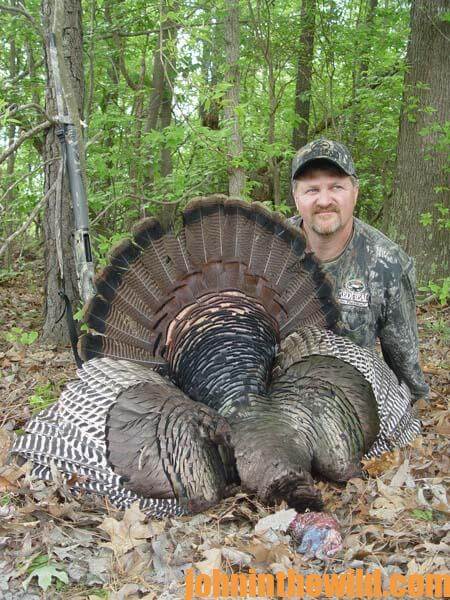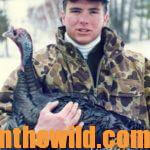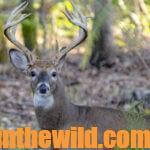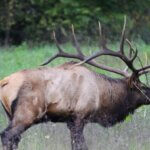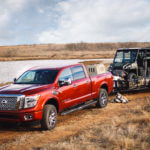John’s Note: Tracy Groves of Sykesville, Maryland, is the Regional Pro Staff Director for Mossy Oak’s Turkey Division and enjoys hunting public lands. He is a licensed minister and has been the host of the “Real Deal” TV show on the Sportsman’s Channel for 3 years. He has developed a camp called Heartwood Outdoors (http://heartwoodoutdoors.com) to take youngsters from single-parent families hunting, to teach them outdoor skills and to work with special-needs children.
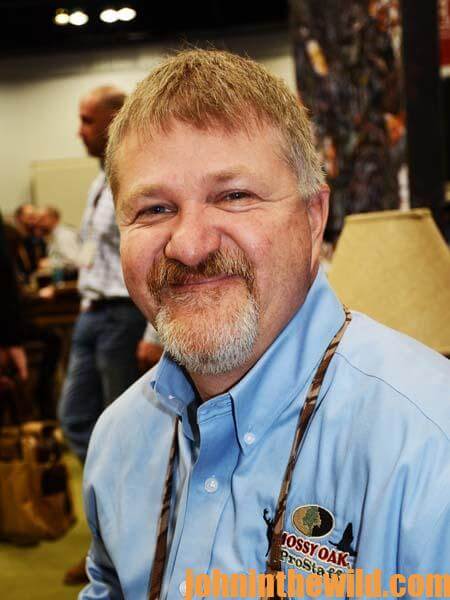 Turkeys have three-different transitions they go through during turkey seasons, in most states. If you know what those transitions are, you’ll know what calls to use and when to use them. Once you learn the transitions and the times of year they occur on the lands you hunt, you’ll be much-more successful. In the early part of the season, in many states, the gobblers are in bachelor groups. The second phase is what most hunters know as a condition called henned-up, and the third phase is the peak turkey breeding time. If you understand what happens during those three transition times, then you’ll be more successful.
Turkeys have three-different transitions they go through during turkey seasons, in most states. If you know what those transitions are, you’ll know what calls to use and when to use them. Once you learn the transitions and the times of year they occur on the lands you hunt, you’ll be much-more successful. In the early part of the season, in many states, the gobblers are in bachelor groups. The second phase is what most hunters know as a condition called henned-up, and the third phase is the peak turkey breeding time. If you understand what happens during those three transition times, then you’ll be more successful.
Hunting Bachelor Groups:
When turkeys are in their bachelor groups, the main gobbler you will try to call-in is the sub-dominant gobbler. These birds are trying to gather their own harems of hens. So, those 2-year-old birds will break-away from their bachelor groups to find any young hens they can stockpile in their harems. At this time of the year when a gobbler gobbles back to you, call softly, and be somewhat coquettish. Keep your calling soft, because that young 2-year old will come hunting you, hoping for a date.
This time is when the gobblers are staying with a flock of hens and waiting on one of those hens to be ready to breed. When that gobbler is sitting on the roost and hears you, he knows where you are. He may gobble a lot from the tree, fly-down and not gobble again, because he’s gotten with his flock of hens. However, although he may walk-off with his hens, he hasn’t forgotten you. At some time in the morning, he’ll return to the spot where he’s heard you and start looking for you. So, wait him out, do some soft calling and some soft yelping, and be patient.
Hunting Roosting Sites:
The third transition during turkey season occurs when the hens go to the nest. By this time, most of the public-land hunters have gone home, the hunting pressure is lighter, and the older gobblers are looking for girlfriends. Instead of collecting a harem of hens, this gobbler is looking for any hen that’ll talk to him. He’s lonesome, and he’ll come looking for you. You just have to wait long enough for him to find you. Often, you’ll take some of the biggest turkeys during this last transition.
 To get John’s book, “The Turkey Gobbler Getter Manual,” for free, go to www.johninthewild.com/free-books to download.
To get John’s book, “The Turkey Gobbler Getter Manual,” for free, go to www.johninthewild.com/free-books to download.
To learn more about turkey hunting from the masters, get these Kindle eBooks and print books by John E. Phillips, including: “The Turkey Hunter’s Bible (available as an eBook or in paperback),” “PhD Gobblers: How to Hunt the Smartest Turkeys in the World,” “Turkey Hunting Tactics,” (also available in an audio book from http://www.audible.com/pd/Self-Development/Turkey-Hunting-Tactics), “How to Hunt Turkeys with World Champion Preston Pittman,” “The 10 Sins of Turkey Hunting with Preston Pittman” and “Outdoor Life’s Complete Turkey Hunting.” Click here to get these books.

